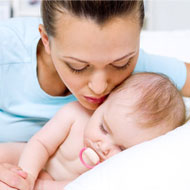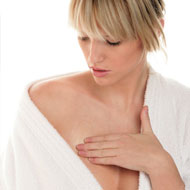- Postpartum Backache
- Postpartum Bloodshot Eyes
- Postpartum Bowel Movements
- Postpartum Breast Engorgement
- Postpartum Exhaustion
- Postpartum Fecal Incontinence
- Postpartum Hair loss
- Postpartum Incision Pain
- Postpartum Depression Symptoms
- Postpartum Depression Signs
- Postpartum Bleeding
- Postpartum Psychosis
- Postpartum Exercise
- Postpartum Weight Loss
- Postpartum Doula
- Postpartum Depression Treatment
- Postpartum Health
- Postpartum Headaches
- Postpartum Belly Band
- Postpartum Endometritis
- Postpartum Diarrhea
- Postpartum Anxiety
- Postpartum Cramping
- Postpartum Stress
- Postpartum Joint Pain
- Postpartum Conditions
- Postpartum Fever
- Postpartum Skin Problems
- Postpartum Sweating
- Postpartum Urinary Incontinence
- Urination Difficulties Postpartum
- Postpartum Infections
- Postpartum Hives
- Postpartum Gas
- Postpartum Travel
- Postpartum Recovery
- Postpartum Breastfeeding
- Postpartum Hemorrhoids
- Postpartum Pain
- Postpartum Vagina
- Postpartum Perineal Infection
- Postpartum Soreness
- Postpartum Perineal Soreness
- Postpartum Body
- Postpartum Skin
- Postpartum Checkup
Helping Yourself With Postpartum Breast Changes
During a pregnancy, there are numerous changes that your body will undergo, as a mother, in preparation for the arrival of your child. One of the most common changes that take place after the delivery is a variation in breast size and sensitivity. The condition, commonly known as postpartum breast, is experienced by all mothers.
During the first two or three days after birth, the breast tends to secrete a yellow colored fluid, known as colostrums, which is rich in its content of antibodies. Postpartum breasts tend to fill up with milk to feed and nurse the newborn baby, making them feel heavy and extremely sensitive.
The reason for these sudden changes is that the estrogen that is being produced in the body is focused on the functioning of the mammary glands, leading to the excessive production of milk in the breasts.
Postpartum Breast Changes
Postpartum breast changes include enlargement of the breasts themselves, with the nipples and the areola becoming more pronounced. Besides this, the bumps on the areola that produce oils for lubrication also appear larger than before. During the first few days of breast feeding, the nipples will tend to feel tender and sore. As you get used to nursing your child, the soreness and tenderness will lessen. Postpartum breast pain is caused by the various hormonal changes that take place after you have given birth to your child. A newborn baby sucking on the nipples will cause tenderness and soreness which lead to painful breasts. At times, postpartum breasts tend to leak colostrums incessantly and this could cause a lot of irritation.
In order to avoid the irritation caused by leaky postpartum breasts, it is advisable that absorbent pads be used. Similar to diapers, they should be thrown out after having been used to soak up excess colostrums that are likely to cause irritation and itchiness.
Postpartum Breast Tenderness
One of the best ways of helping yourself to cope with postpartum breast tenderness is to wear a comfortable bra that gives your breasts the support they require. A cold compress, given by wrapping a packet of ice in a towel and placing the same over the breasts is known to be beneficial in reducing tenderness and pain. Dietary patterns are an important means of helping your body to cope and adapt to various situations, postpartum breast tenderness included. It is therefore advisable that you add a lot of fiber to your dietary plan, through the inclusion of fruits and vegetables. Exercise helps to remove excess fluids from the body and is beneficial in reducing the strain of heavy breasts.


